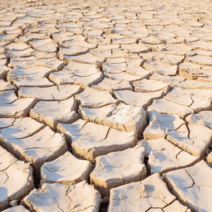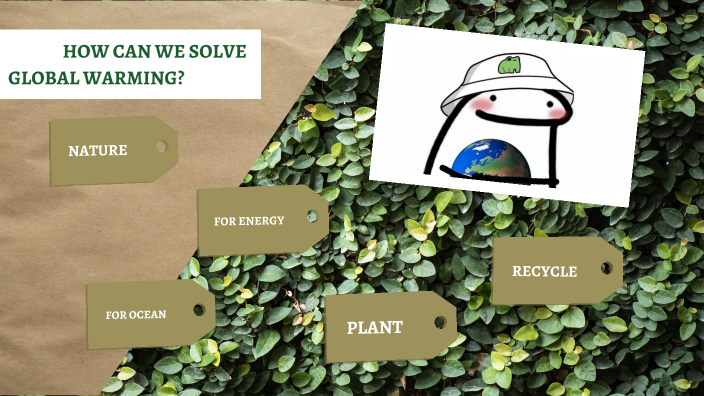Geography, the study of the Earth’s landscapes, environments, and the relationships between people and their environments, is often relegated to the background in discussions about global warming. Yet, the role that geography plays in understanding climate change is monumental. To address the multifaceted issue of global warming effectively, one must first appreciate how geographic principles influence climate patterns, biodiversity, and sustainable strategies for mitigation.
The significance of geographic literacy cannot be overstated when addressing global warming. It provides a framework for understanding the spatial distribution of climate phenomena and their impacts on populations. Every region has its unique environmental characteristics and challenges that must be addressed through localized solutions. For instance, coastal areas face rising sea levels, while landlocked regions may experience the exacerbation of drought conditions. Recognizing these geographic distinctions allows for more targeted and effective climate action initiatives.
One of the essential geographic concepts to grasp is the concept of climate zones. Earth’s climate is not uniform; it varies significantly from one location to another based on latitude, elevation, and proximity to oceans. This diversity directly affects ecosystems and human societies. A thorough understanding of climatic variations equips individuals and policymakers with the tools to anticipate and adapt to the specific challenges faced in different regions.
For instance, tropical regions are particularly vulnerable to the effects of global warming, which can lead to intensified storms and altered precipitation patterns. Conversely, temperate regions may indeed face shifts in weather that threaten agricultural productivity and water availability. Understanding these geographical complexities can spark curiosity about how various ecosystems respond to climate change, urging deeper exploration of adaptation strategies that are context-specific.
The interplay between geography and natural resources also plays a crucial role in addressing global warming. Resources are not evenly distributed; geographical disparities in the availability of water, fertile soil, and minerals influence not only local economies but also energy needs and agricultural practices. Regions that rely heavily on fossil fuels may resist transitioning to renewable energy sources due to economic dependencies. Recognizing these geographic dynamics can catalyze discussions about equitable resource distribution and sustainable practices that align with the geographic realities of different communities.
Urban geography further underscores the importance of spatial planning in climate change mitigation. Urban areas contribute significantly to greenhouse gas emissions, but they also offer unique opportunities for innovation in sustainability. By understanding the geographic layout of cities, planners can optimize land use, enhance public transportation systems, and promote green spaces that not only capture carbon but also provide urban heat relief. This perspective compels us to reexamine urban development through a lens of sustainability, fostering interest in how geographic intelligence can inform better design and policy decisions.
Furthermore, geography intricately connects to social dynamics and equity in the context of climate change. Certain populations, particularly those in marginalized communities, are disproportionally affected by environmental degradation due to their geographic positioning. These areas may lack the resources and infrastructure necessary to cope with climate impacts, leading to a cycle of vulnerability and inequality. Understanding this geography of disadvantage can motivate action and advocacy for climate justice, ensuring that solutions account for the needs and rights of all communities.
Geographic understanding extends beyond immediate concerns about climate change; it is also about long-term resilience and adaptation strategies. For instance, examining geographical patterns can reveal migration trends prompted by climate-induced displacement, compelling societies to rethink their approach to immigration and settlement policies. As environments shift, awareness of the reasons behind human mobility becomes crucial in forming compassionate, responsive policies that address the evolving demographics resulting from climate impacts.
Innovation in technology and communication, spurred by geographic insight, offers additional avenues for addressing global warming. Geographic Information Systems (GIS) enable researchers, activists, and planners to visualize and analyze complex data regarding climate impacts. This technology can illuminate patterns and correlations that might otherwise remain obscured, fostering collaboration among scientists, governments, and communities. Such cooperative efforts can lead to effective climate action strategies that take local geographic contexts into account.
Furthermore, promoting geographical education can revolutionize the societal understanding of climate change. By nurturing a sense of place and environmental stewardship, geography education can empower young people to engage with climate issues meaningfully. As curiosity about their world grows, so too does the potential for innovative solutions and sustainable practices that arise from informed, passionate citizens. Cultivating geographic awareness can ignite a global movement towards collaborative action in combatting climate change.
In conclusion, comprehending geography is indispensable in the quest to mitigate global warming and adapt to its pervasive impacts. By grasping the intricacies of geographic differences in climate, resources, urban development, and socioeconomic dynamics, individuals and societies can better position themselves to address the climate crisis effectively. The challenge ahead is monumental, yet by leveraging the power of geography, humanity can embark on a path toward sustainable solutions that preserve the planet for future generations.








